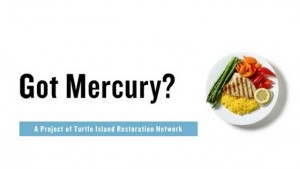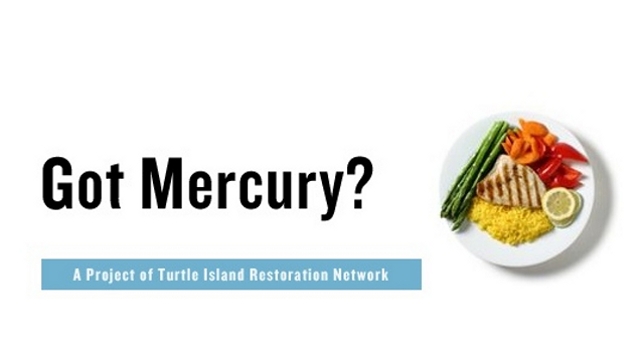 This week, after decades of legal delays and foot dragging by the coal and power industry, the EPA unveiled a new rule protecting public health from mercury and other toxins.
This week, after decades of legal delays and foot dragging by the coal and power industry, the EPA unveiled a new rule protecting public health from mercury and other toxins.
The new Mercury and Air Toxic Standards announced by EPA administrator Lisa Jackson on December 21st require the electrical industry to limit stack emissions of mercury, arsenic and other toxic pollutants that originate from coal and oil-fired power plants and end up in America's air, water and food. Power plants are the largest source of mercury emissions at around 50 tons of mercury pollution annually. Because the particles are heavier than air, the mercury eventually falls back down and is deposited in rivers, lakes and oceans where it is converted into a more toxic form called methylmercury. This builds up in the food chain, meaning that fish at the top, such as striped bass, blue fin tuna and shark, carry the highest levels of the toxin.
The EPA estimates that 11,000 premature deaths and 130,000 cases of aggravated asthma among children annually by 2016 will be prevented, as well as other health benefits. Women, children and the developing fetus are most at risk for serious health problems resulting from mercury exposure. Between 300,000 and 600,000 of the 4 million babies born in the U.S. each year are exposed to significant amounts of the neurotoxin while in the womb.
Using scrubbers and other well-demonstrated technology, the rule requires power companies install equipment or shut down old plants by 2014 with the possibility of an extension into a fourth year. Seventeen states have already required the industry to apply the clean technology. These older US plants, operating mostly in the Midwest and East, can affect our Bay Area waterways and we will benefit from the new rule. However, most of the mercury in the San Francisco Bay enters from spills, the air, or water runoff from land from natural sources and historical mining.
Mercury levels will remain high in many species of San Francisco Bay and some ocean fish as well as other toxins like PCBs. The California Office of Environmental Health and Hazard Assessment (OEHHA) monitored contaminants in chemical contaminants in fish from the San Francisco Bay.
